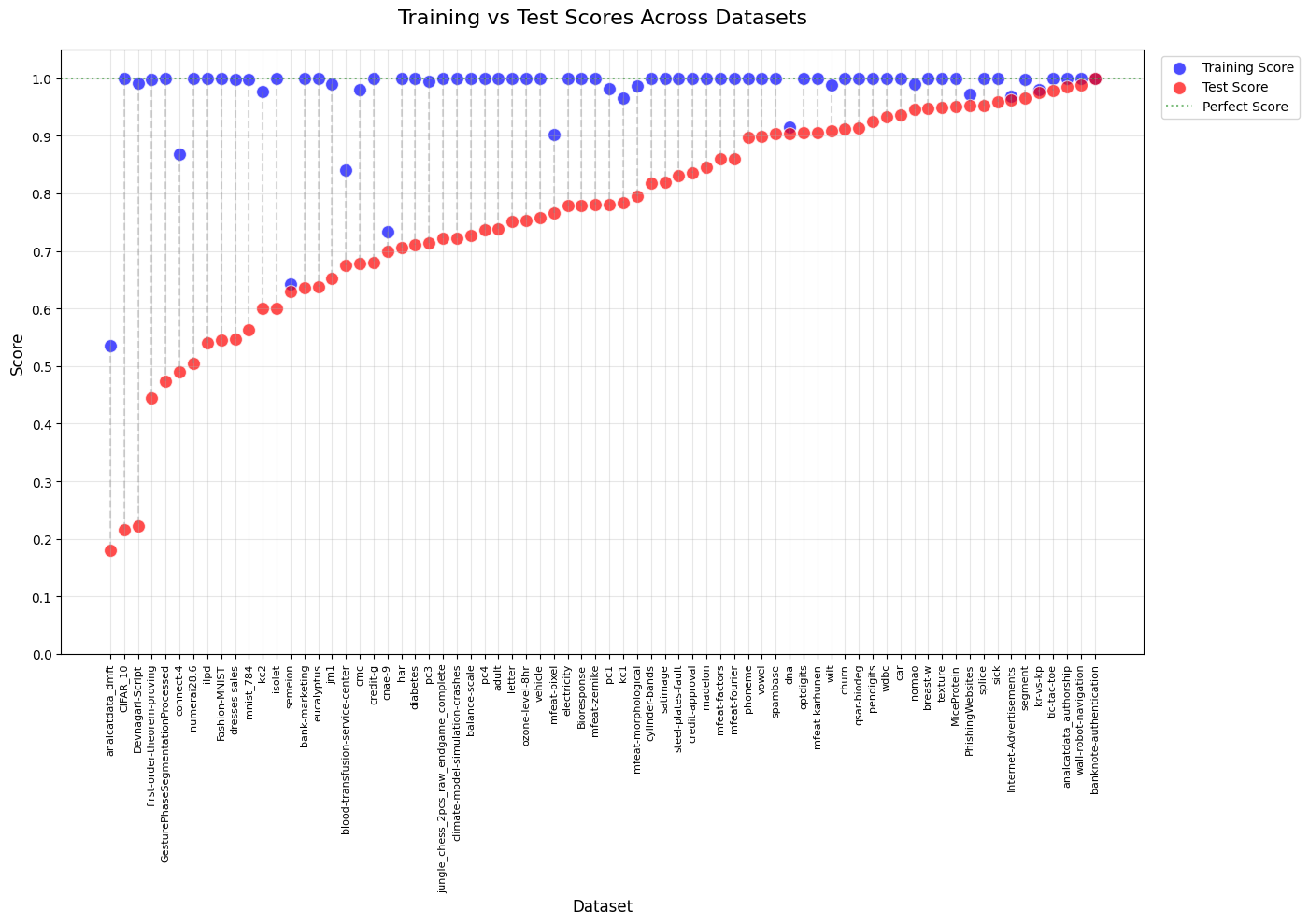How to Merge Multiple PDF Files Into One for Easier Data Analysis
Messy data organization can delay insights, frustrate teams, and compromise workflow efficiency. For data analysts managing fragmented reports, academic researchers navigating scattered studies, or financial professionals reconciling reports, the problem often lies in handling multiple PDF files at once. A smooth and accurate data analysis process demands structured documentation and ...





